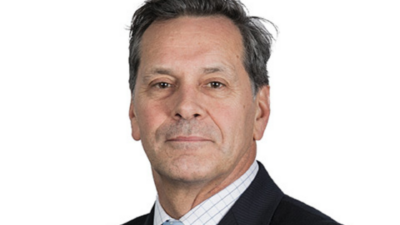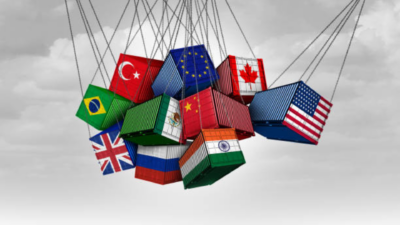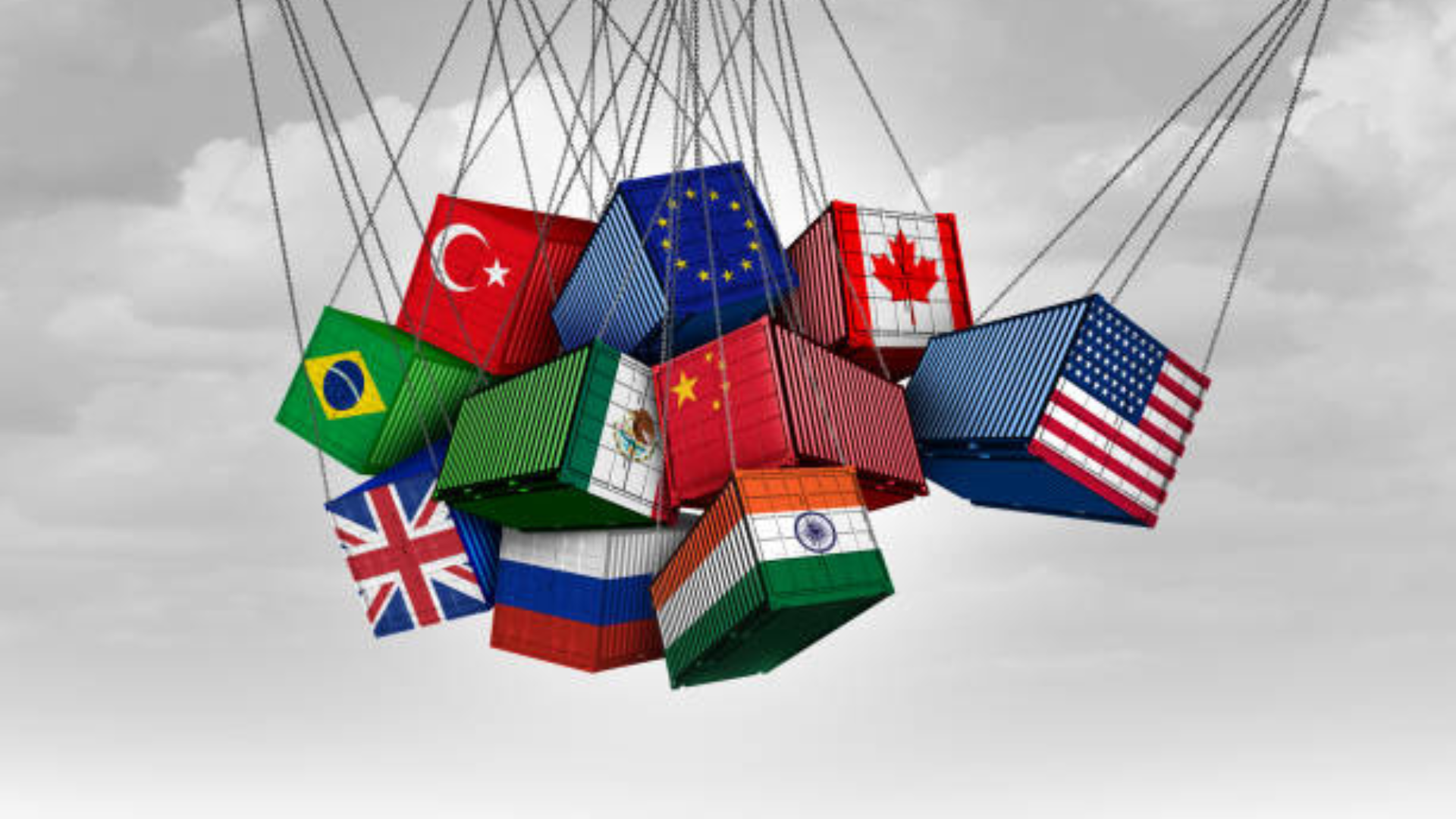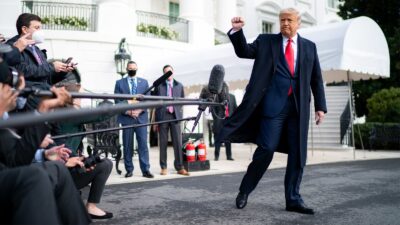Wagging the dog: Why US Treasuries may no longer be a haven
For decades, market volatility was measurable. You could model it – usually tied to valuations, leverage or rate hikes. You could hedge it, price it, even immunise it.
But what if today’s volatility isn’t cyclical? What if it’s structural? And what if this time the trigger isn’t the capital markets but something more emotive – politics.
Can we model that?
As any high school economics student understands, two levers steer the economy: monetary and fiscal policy. For years, they moved in relative sync. Governments – left or right – respected market constraints. That gave investors predictability, even amid rising political division. Not any more.
Now it’s contradictions: protectionism, immigration crackdowns, fiscal austerity that would make Scrooge blush and tax cuts skewed to asset owners – while railing against egg prices. You could call it experimental. Or just incoherent. Markets seem to be voting for the latter.
This isn’t partisan. It’s an economic historian’s observation. Policy has moved – and rattled – markets. This isn’t just another news cycle. It’s shifting the cycle.
It feels like a policy-driven regime shift, one not seen since the Berlin Wall came down. That wall split military superpowers. This one? Economic powers, battling through policy.
Cracks in the safe asset thesis
US Treasuries were once the ballast. In every crisis – from Asia’s financial meltdown to COVID – investors fled to them.
That assumption is now cracking. Treasuries and risk assets are moving together – historically rare.
At a modelling level, this breaks the assumption of a risk-free anchor. If Treasuries are no longer safe, then valuations, portfolio construction and capital flows all need to adjust.
The Fed: Will it yield?
The Fed was long seen as the final institutional firewall. Not perfect – but predictable. Boring, even.
Now, political pressure is building. Talk of removing the Chair for failing to toe political lines isn’t fringe – it’s gaining traction.
That threatens more than the Fed. It shakes confidence in monetary independence. If the Fed folds, the signal is stark: even core institutions are politicised. That’s not priced in. Yet.
When the model shrugs its shoulders
This isn’t about the US losing reserve currency status tomorrow. It’s about confidence – whether investors still trust the system.
If Treasuries carry political risk – once unthinkable – they’re no longer a haven. They’re a liability. And that kind of risk is hard to model. Volatility is statistical. Structural uncertainty? That’s when the model shrugs and walks off.
We’ve long said, equities are the tail, bonds the dog. But even this dog seems unsure – wag, brace or hide?
If democratic norms, central bank autonomy, and fiscal coherence can’t be counted on, a change in presidency may no longer fix it.
If US policy no longer feels consistent – on trade, climate or money – then the trust underpinning markets erodes.
Once bitten, twice shy.
Rethinking the playbook
If this is the start of a structural shift – not a cycle – then we may need a new lens.
- Noise vs signal: Policy fragmentation and institutional erosion.
- Portfolios on shifting ground: When institutions weaken, models lose relevance. Resilience starts to matter more than optimisation.
- From GDP cycles to political cycles: Asset performance increasingly driven by election calendars, not economic ones.
- The political risk premium: We price this for politically unstable emerging market. Is it time to apply it Washington as well, even partially?
Think like a futurist, not a journalist
This isn’t about one administration. It’s about precedent. If US policy can lurch every four years, then long-term modelling becomes guesswork. Capital flows need conviction. And conviction needs continuity. Without that, allocation stalls. Too many investors are waiting for a pivot. A return to normal. But maybe normal is gone?
It’s time we stopped treating the unfathomable as implausible.
Best case? A return to boring politics that don’t move markets. Unlikely.
More plausible? Markets grind higher but fail to break out.
Worst case? A new trade war – this time on services – triggers a Treasury sell-off or RMB devaluation.
Still believe this is alarmist. Beijing’s pain tolerance runs deeper than many assume. And it holds multiple more reserves than many other Western economies. The US had better leverage when it moved in sync with Europe and Japan – before “Liberation Day”, Greenland as the 51st state and “you haven’t thanked us” (Ukraine).
Ask yourself this: when was the last time you saw markets priced below fair value? For most, it’s a distant memory.
And are your models still using stable growth and risk-free rates? If so, maybe it’s time to redraw the map.
Yes, it really could be different this time.











